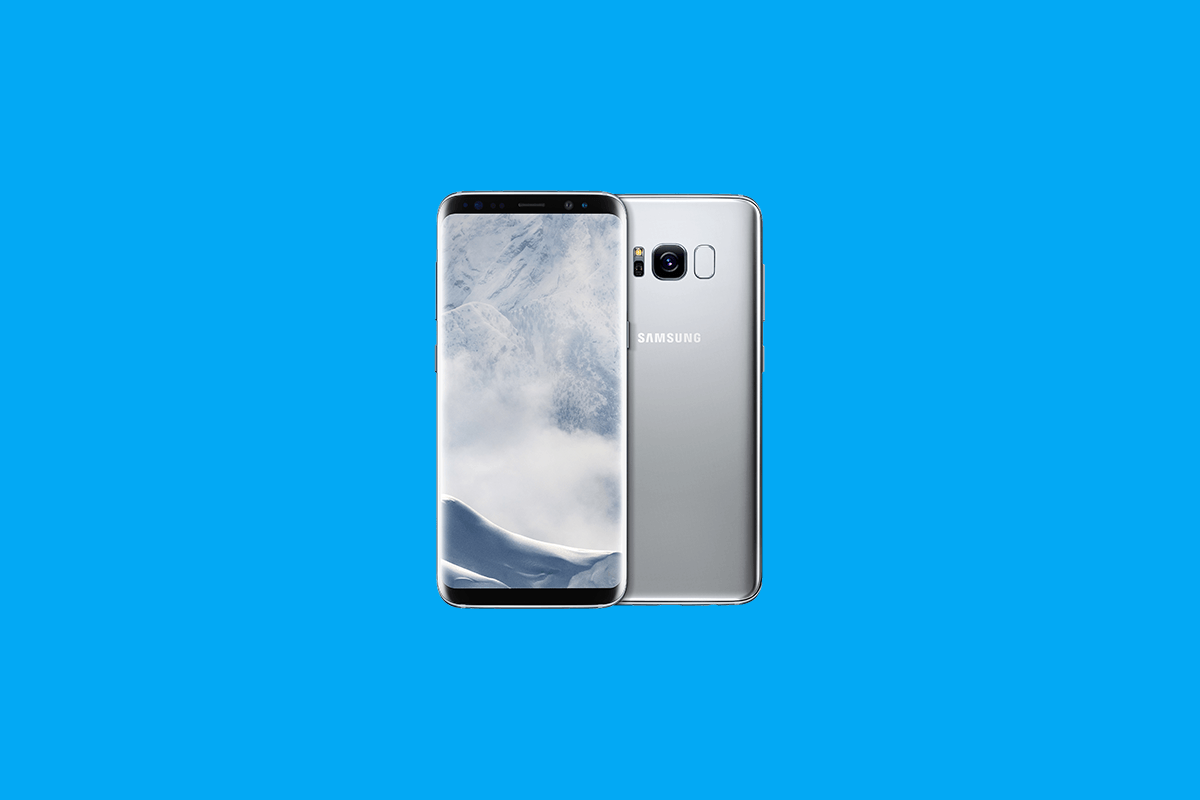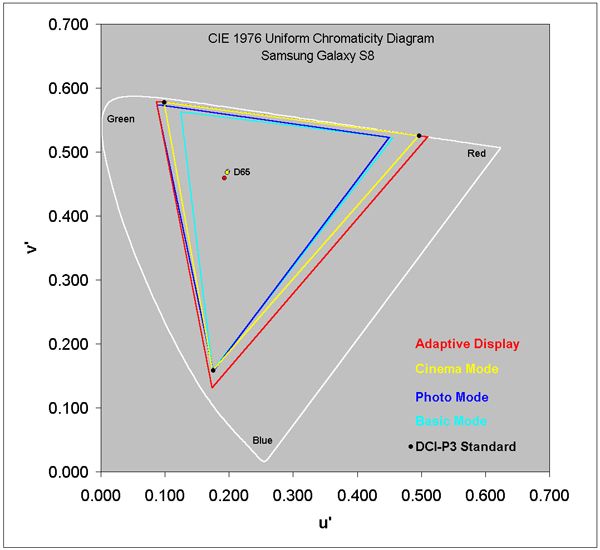Every year since the past 8 years, Samsung attempts to cram the best of what it can mass manufacture into their flagship smartphone, which then becomes a hardware benchmark for every other smartphone. Samsung's Galaxy S-series flagships are thus commonly used as the "standard" that other OEMs need to aim for and beat.
The Samsung Galaxy S8 works along on that philosophy as well, aiming to set a high standard as one of the best Android devices overall. And Samsung may have set the highest standard this year as far as display is concerned, as the Galaxy S8 now gets crowned as the Best Performing Smartphone Display by DisplayMate.
According to DisplayMate, the Samsung Galaxy S8 delivers consistent and all-around Top Tier display performance. Thanks to the excellent ratings it received in all of DisplayMate's Lab Tests, the Galaxy S8 earns DisplayMate's highest ever A+ grade. On its way to such a grade, the Galaxy S8 matches or beats several display performance records such as:
- Largest Native Color Gamut (113% DCI-P3 and 142% sRGB)
- Highest Peak Brightness at 1020 nits.
- Highest Contrast Rating in Ambient Light (227)
- Lowest Screen Reflectance (4.5%)
- Smallest Brightness Variation with Viewing Angle (29%)
Every display lab test and measurement from DisplayMate shows some improvements when compared to the Galaxy S7, and we know that to be a very good display.
The Galaxy S8 and its multiple screen modes and color management also receive wide praise. The number of user-selectable Screen Modes each with different color gamuts, levels of color saturation and display calibration based on user and application preferences. The selectable screen modes are Adaptive Display (set as default), AMOLED Cinema, AMOLED Photo and Basic Screen Mode.
The Galaxy S8 has the Standard Wide Color Gamut called DCI-P3 (which LG has been employing for a while now), which is being used for 4K Ultra HD TVs and in Digital Cinema for the movie industry. DisplayMate comments that the Absolute Color Accuracy on the AMOLED Cinema mode is likely to be considerably better than a living room 4K UHD TV. The AMOLED Photo mode is commented as being a very accurate Standard Adobe RGB Color Gamut display. The Basic Screen Mode on the other hand targets Standard sRGB/Rec.709, and comes out at being very likely to be better than your HDTV and computer monitor. The Adaptive Display Screen mode has the largest color gamut and significantly higher color saturation, as it seeks to vary the White Point, Color Gamut and Color Saturation based on the image content and color of the surrounding ambient light as measured by the Ambient Light Sensor (which measures color in addition to brightness).
You can read the rest of DisplayMate's display review over here.
All in all, the Samsung Galaxy S8 not only has one of the most unique designs we have seen in the flagship segment, but it also backs it up with hardware that performs extremely well as far as we can tell. As far as the display is concerned, it will be difficult for other OEMs to one up the Galaxy S8 without using the same generation, Samsung-provided AMOLED panel.
What are your thoughts on DisplayMate's assessment of the Samsung Galaxy S8's display? Let us know your thoughts in the comments below!


